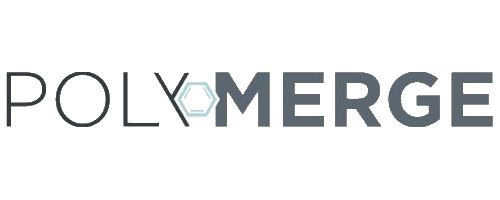
Partner presentation:
The Polymerge GmbH, with its headquarters in Geretsried near Munich, manufactures welding and machining systems for plastic parts of all kinds. The current product range includes fully automatic processing systems for fuel tanks and lines, as well as for cooling water expansion tanks. In addition, plants for the production of infusion bottles are built. The processes used in these plants include chipless cutting, handling, testing and welding of semi-finished plastic products. Especially the joining of plastics is the central technology which, in the above mentioned cases, is supplemented by upstream and downstream process steps.
PolyMerge offers the following welding processes:
- Hot plate welding
- Infrared welding
- Ultrasonic welding
- Rotational friction welding
- Circular welding
- Laser welding (in cooperation)
In addition, a wide range of further assembly and testing steps relating to the welding and joining processes used are integrated into fully automated production cells.
Role in the project:
PolyMerge, with the assembly and joining processes it offers, is often at the end of a complex process chain for manufacturing plastic assemblies. With plastics, there are many influences on the joining processes, which can come from the storage and pre-processing of the plastic. It is helpful for the joining process if the condition of the inserted parts to be joined and of the welding machine is known at all times. Deviations can thus be detected and, if necessary, used to adjust the process. PolyMerge wants to collect and comprehensively evaluate process data from the welding machines in order to better understand the processes and possible sources of error. In addition to the process data from the machine, component data will be added to complete the picture.
Project results:
- A laboratory machine has been connected to the ARENDAR and various data sources are being evaluated.
- Numerous measurements were performed on different plates in the laboratory.
- It can be seen that there are visible differences depending on the machine settings, defects in the part or material of the plastic
- Report on Best Practice Story 4 “Anomaly Detection”
Contact person:
- Dr.-Ing. Tobias Beiss: tobias.beiss@polymerge.de
